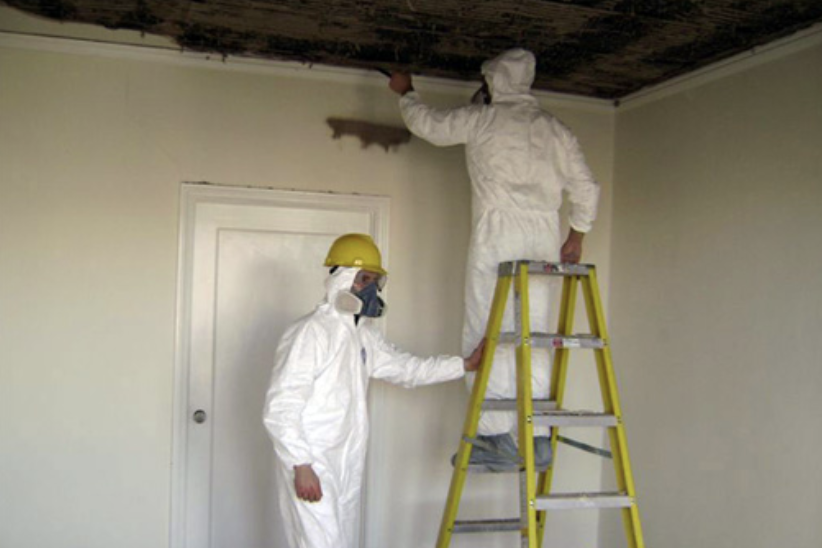
Lead testing is very common, especially in regions where climate is incredibly humid. Because of the risk involved in lead poisoning, many residential and commercial property owners schedule an inspection before and after any renovation projects. By federal law, sellers, landlords and real estate agents are required to provide potential buyers and renters with a lead disclosure pamphlet if the property was built before 1978. Although there is plenty of information on lead testing available, it’s can become confusing for the average person to understand. Below are some questions frequently asked.
A lead inspection is physical evaluation of your property to determine in there is lead present. A licensed assessor will collect samples from various surfaces inside and outside on the property. The samples are sent to a laboratory where the samples will be tested for levels of lead paint. The assessor will then provide you with a report telling if lead paint is present or not, and the exact location of where the lead is present.
If you own an old home or if you are renting a property that was built before 1978, there’s a very high possibility of lead paint present. An inspection will help you determine where the lead paint is and can help you find the resources to remove it. If you are planning to renovate or demolish a property, it’s important to get a lead inspection completed prior to construction date. If lead paint is present in dust particles floating in the property during renovation, they can linger and be inhaled eventually posing health risk to those in or around the property.
Did you know that one out of six children in the United States have toxic levels of lead in their bodies? Most lead poisoning happens at a home where the owners were completely unaware of the dangers involved in unsafe renovation practices when lead is present in the property. Many young children, including toddlers stick fallen paint chips in their mouth which can lead to serious health complications. It only takes 10 micrograms of lead to poison a child. There are 1,000,000 micrograms in one gram of sugar (a small packet). Imagine your child ingest just a few grains of that packet… that’s how easy it is for a child to get poisoned! It’s important for parent to have a completely lead-free or lead-safe home.